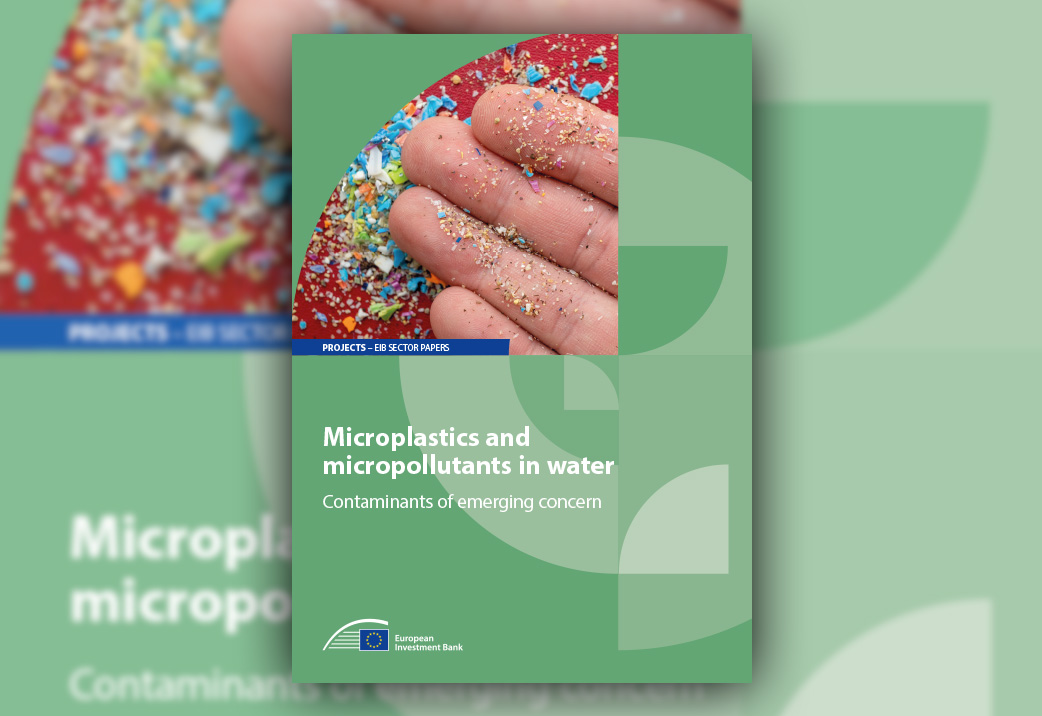Multilateral institution
WHO assesses how human health and natural environment are linked

The One Health approach emphasizes the interdependency of human, animal and environmental health. More and better cooperation of medical doctors with veterinarians and eco-scientists is important. According to the WHO paper, however, policymakers who focus on health issues tend to neglect the expertise of the latter two groups.
The WHO authors list three main reasons why this must change:
- The natural environment is a reservoir in which substances and nutrients accumulate and circulate. Human-caused pollution with toxins, antibiotics or pathogens eventually finds its way into human bodies.
- Many environmental dynamics have impacts on human health and depend on ecosystems which have been modified by human action. As a result, illnesses evolve faster and pathogen populations increase.
- Environmental interactions lead to genes, pathogens and chemicals being transmitted between humans and animals with impacts on bodies’ immune systems.
Human influences disturb the natural balance of ecosystems. The WHO publication warns that this makes the emergence and spread of zoonoses more likely. Land-use changes are especially important. As fields and commercial forestry expand, natural woodlands are destroyed and biodiversity is depleted. Zoonoses are prone to break out where human settlements encroach on wilderness, making host animals interact with people more often.
Urbanization generally means more contact of people with host animals, the WHO reports. Indeed, host animals are increasingly becoming common in cities, where high population density can accelerate the spreading of a disease.
The loss of biodiversity matters too, the WHO authors warn. Great biodiversity serves as a kind of buffer against transmissions. Where many different species interact with one another, the interaction of two specific species becomes less likely.
Infected meat
Consumption of wildlife meat is risky, according to the WHO. On the one hand, hunting reduces biodiversity. On the other hand, meat of infected animals may be infectious itself. The report stresses that scientists trace the zoonotic Coronavirus pandemic back to a wet market in Wuhan.
As is true of many environmental problems, climate change is a catalyst of deteriorating ecosystem health. The WHO study states that rising temperatures are making pathogens and host animals migrate to new areas. Higher temperatures also shorten incubation periods and accelerate replication rates.
Air pollution too may boost zoonosis risks. Unhealthy air weakens immune systems of both people and animals, the WHO points out, so disease susceptibility grows. Moreover, air pollution is a driver of biodiversity loss.
Non-communicable diseases
The conditions of the natural environment have a bearing on non-communicable diseases too, the WHO authors insist. Meat and dairy products are sometimes contaminated with toxic chemicals, they warn. Moreover, water pollution with heavy metals like mercury or lead means that fish is often contaminated too. Microplastics are increasingly found in various food items, the authors add.
On the other hand, immune systems benefit from a healthy environment, according to the WHO. After all, immune systems are based on microbiomes on our skin and in our digestive system, and these microbiomes are composed of a multitude of viruses and bacteria. A polluted environment may easily disturb them.
The WHO even sees a link between One Health and food security. The point is that depletion of biodiversity can hurt agricultural production. That is the case when cultivars lose their resistance against pests and diseases or lose their resilience to flooding or draught. Genetically very homogenous cultivars are especially at risk.
Not all human beings face the same risks, the WHO authors point out. People with higher incomes have better chances to get medical treatment, adapt to risks or avoid risks in the first place. The same applies to nations. High incomes and strong infrastructure boost resilience.
In this sense, the One Health approach amounts to an appeal to reduce global inequalities. Among other things, the WHO authors want the trade in – and the consumption of – wild animals to be reduced. Moreover, they appreciate preventive action against deforestation and the destruction of ecosystems.
Link
WHO, Regional Office for Europe, 2022: A health perspective on the role of the environment in One Health.
https://apps.who.int/iris/handle/10665/354574
Isah Shafiq is a student of political science at Goethe University Frankfurt. He wrote this article as an intern at D+C/E+Z’s editorial office.
isahshafiq@web.de














